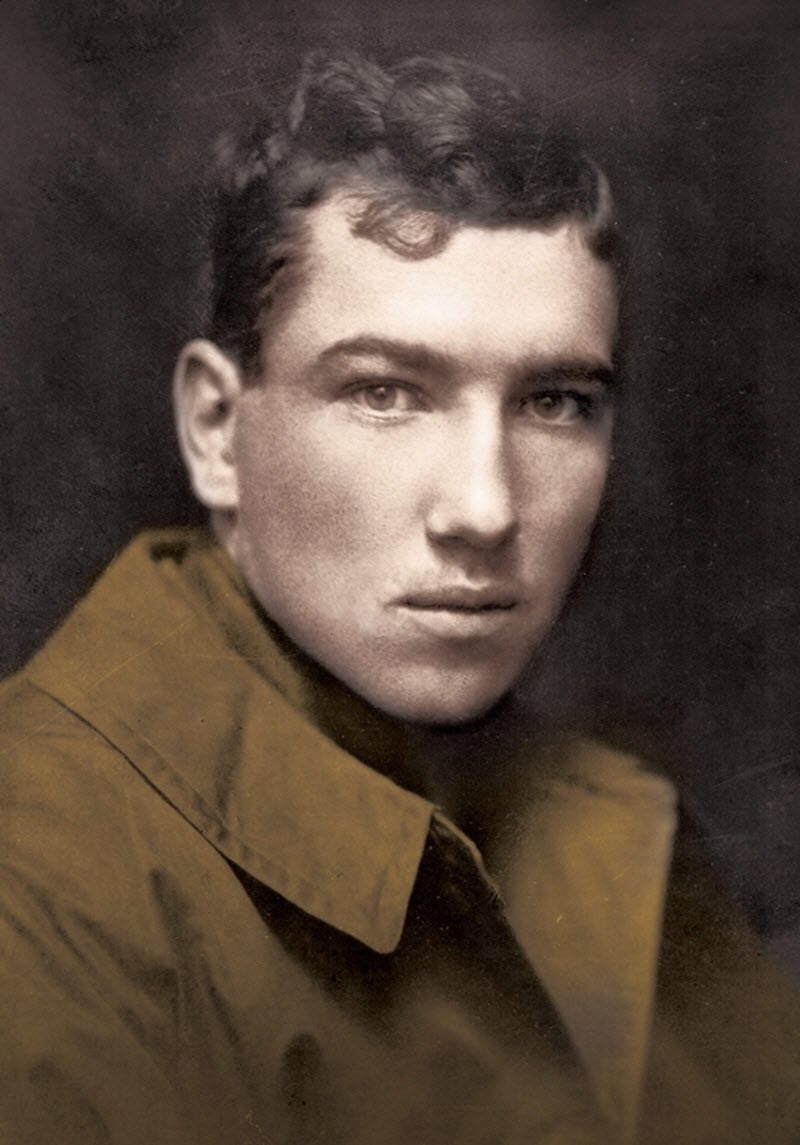Introduction
Robert Graves (1895–1985) was a British poet, novelist, and scholar renowned for his work in classical mythology and his contribution to English literature. Born in Wimbledon, near London, Graves served in the British Army during World War I, an experience that deeply influenced much of his early poetry, including his notable work, “Good-Bye to All That,” an autobiographical account of his war experiences.

Graves’s literary career spanned over more than half a century, during which he authored more than 140 books, including poetry collections, novels, translations, and historical studies. He is perhaps best known for his historical novels, particularly “I, Claudius” (1934) and its sequel “Claudius the God” (1934), which are fictionalized accounts of the Roman Emperor Claudius’s life. These novels stand out for their vivid portrayal of ancient Rome and have been celebrated for their insightful depiction of the complexities of power, ambition, and the human condition.
Aside from his contributions to literature, Graves was a prolific scholar of classical mythology and ancient cultures. His book “The White Goddess: A Historical Grammar of Poetic Myth” (1948) is a work of literary criticism that explores the mythological underpinnings of Western poetry. In this and other works, Graves developed idiosyncratic theories about the roles of the poet and the sources of poetic inspiration, drawing extensively from mythology and ancient religions.
Throughout his life, Graves was an influential figure in the literary world, known not only for his prolific output but also for his unconventional views on literature, mythology, and society. He spent much of his later life in Deià, on the island of Mallorca, Spain, where he continued to write and influence other writers and intellectuals who visited him.
Graves’s legacy endures through his diverse body of work, which continues to be read and studied for its rich exploration of history, mythology, and the human psyche. His ability to blend historical scholarship with imaginative storytelling in his novels, along with his contributions to poetry and literary criticism, have cemented his status as one of the 20th century’s most versatile and enduring writers.
Short facts about Robert Graves
- Robert von Ranke Graves was born in Wimbledon, Surrey, England on the 24th of July, 1895. He died at the age of 90 in Deià, on the Spanish island Majorca, on the 7th of December, 1985.
- His alma mater was St. John´s College, Oxford.
- Graves served in the Royal Welch Fusiliers unit of the British Army in 1914-1919 (during the first world war) and rose to the rank of Captain.
- He was married twice. He married the painter and designer Nancy Nicholson in 1918 and they divorced in 1949. The following year, he married Beryl Hodge, née Pritchard.
- Robert Graves had eight children, including Lucia Graves and Tomás Graves who became writers too.
- Robert Graves was the brother of the journalist Philip Perceval Graves and the writer and journalist Charles Patrick Graves. He had several other sibblings, but they are not as well-known.
Early life of Robert Graves
Robert von Ranke Graves was born into a middle-class family in Wimbledon. He was the eight of ten children born to the Irish school inspector Alfred Perceval Graves (1846-1931). His mother was Amalie Elisabeth Sophie von Ranke (1857-1951), and she was Alfred Perceval Graves second wife. In addition to being a school inspector, the father was also a Gaelic scholar and the author of the song “Father O´Flynn”.
When he was seven years old, Graves caught the measels which developed into double pneumonia and almost killed him. This was to be the first of three occasions when Graves almost died; the second was when he was seriously wounded during the first world war and the second time was when he got very sick with the Spanish flu right before demobilisation in 1918.
The hostilites between Great Britian and Germany during both world wars caused Graves to stop using his mother´s surname von Graves. He was enrolled in school as Robert von Ranke Graves when he was young, but would later refrain from using it – although his books are published under his full name in German.
Education
Graves went to six different preparatory schools. At Copthorn Prep School in Sussex, he won a scholarship in 1909 and could go to Charterhouse, a boarding school in Godalming, Surrey. At Charterhouse, he began writing poetry, singing in the choir and compete in boxing. He became the school boxing champion in both welterweight and middleweight. As for this interest in literature, the school master George Mallory took him under his wings and introduced him to a lot of contemporary books.
While still at Charterhouse, he had a romatic relationship with a three year younger pupil, the aristocratic G.H. “Peter” Johnstone, which caused some scandal. Graves would later describe the relationship as “chase and sentimental” and only “proto-homosexual”. Peter is supposed to be the inspiration for the character Dick in the novel “Good-Bye to All That”.
Graves won a classical exhibition to St. John´s College, Oxford, during his final year at Charterhouse, but his enrollment there were postponed due to the war.
